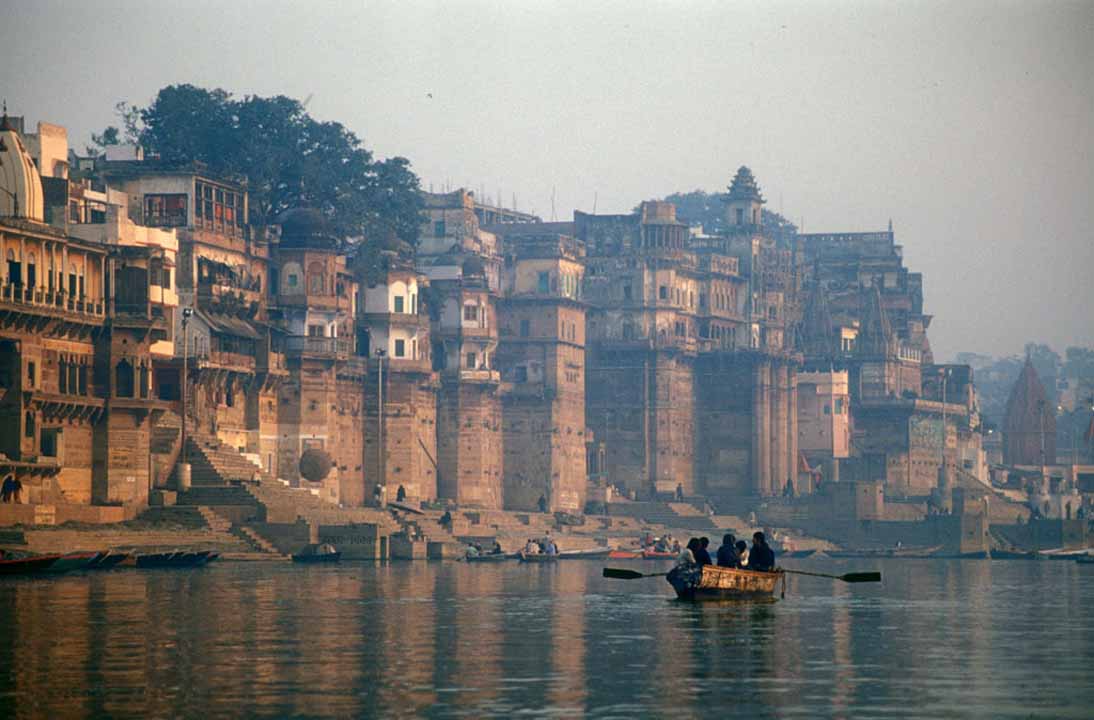Abstract In this article, I explore why China has surged ahead of India in irrigation and water management and in dealing with water scarcities. I offer a comparison of the two countries’ policies and investment strategies using a political economy context.

For millennia, the Ganges River, holy to Hindus, has provided livelihoods, food, and water for Nepal, India, and Bangladesh. Last month, one of India’s leading environmental activists died after a 111-day hunger strike, failing to evoke changes to save India’s most revered river (known as Ganga). Image: By Babasteve – https://www.flickr.com/photo_zoom.gne?id=3267702&context=set-781175&size=o, CC BY 2.0, https://commons.wikimedia.org/w/index.php?curid=1859422
Challenges and Developments in Financing Irrigation and Drainage Sector
Uma Lele, Tushaar Shah, Mohamed Ait Kadi, Herve Plusquellec, Richard Reidinger When in the early 1970s prices took a sharp upturn, international donors and national governments greatly increased investment in irrigation, mainly in Asia as part of the expansion of overall investments in food and agriculture.
Water and food security Experiences in India and China
“There is a renewed urgency to understand the determinants and dynamics of water demand, given climate change and demographic pressures, and the challenges that governance poses for harnessing water resources for their effective, equitable, and sustainable use. To further the debate and analysis, this paper identifies important strategic issues confronting the governance of agricultural water […]
Good governance for food, water and energy security
Uma Lele, Maggie Klousia – Marquis and Sambuddha Goswami Member, Technical Committee, Global Water Partnership , 700 New Hampshire Avenue, Washington, D.C. 20037, USA b 1840 W. Addison Street, Chicago, IL 60613 , United States of America c 352 E/5C, IInd Floor, G – Block Munirka, P.O. J.N.U. New Delhi – 110067, India
